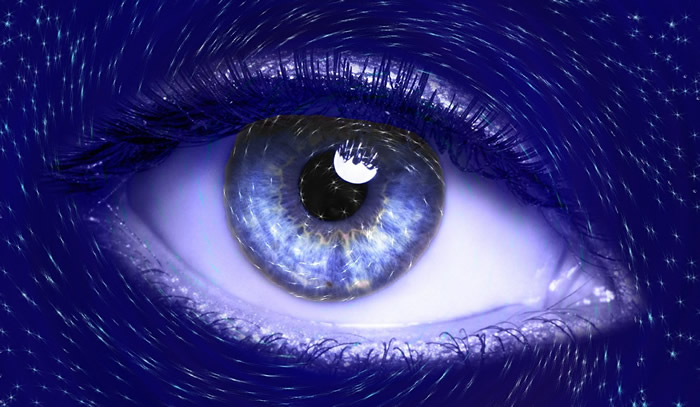Spots of light at the end of the tunnel for vision technology
A person is able to perceive and localize individual phosphenes or spots of light, and for the blind wishing for a discovering or rediscovering of the gift of sight, this could be an encouraging experience. Second Sight is a group that is in the news with a relevant announcement. The Daily Mail as well as a number of other sites discussed their work.
Late last month, Second Sight announced its visual cortical stimulator was successfully implanted and activated in its first human subject. This is a “visual cortical prosthesis,” as the company described it.
Second Sight develops, makes and markets implantable visual prosthetics.
The patient, 30 years old, according to the company announcement, “was able to perceive and localize individual phosphenes or spots of light with no significant adverse side effects.”
The device was developed as part of the Orion 1 program by Second Sight. The Daily Mail said a chip bypasses the eyes and sends wireless signals directly to the brain. This patient experience, note, is an encouraging step forward but the technology did not include a camera.
“This implant was performed as part of a proof of concept clinical trial whose purpose is to demonstrate initial safety and feasibility of human visual cortex stimulation. The initial success of this study, coupled with the significant additional pre-clinical work gathered to-date readies Second Sight to submit an application to the FDA in early 2017 to gain approval for conducting an initial clinical trial of the complete Orion I system, including the camera and glasses. Assuming positive initial results in patients and discussions with regulators, an expanded pivotal clinical trial for global market approvals is then planned.”
Significance? Second Sight’s Dr. Robert Greenberg, chairman of the board, said, “By bypassing the optic nerve and directly stimulating the visual cortex, the Orion I has the potential to restore useful vision to patients completely blinded due to virtually any reason, including glaucoma, cancer, diabetic retinopathy, or trauma.” For those who look in vain for available therapy today, the Orion I could offer hope to increase their independence.
Dr. Nader Pouratian is a UCLA neurosurgeon who performed the surgery. The procedure was performed as part of a proof-of-concept trial at UCLA, said MassDevice. “The trial looks to show initial safety and feasibility for human visual cortex stimulation.”
What’s next: “When the team receives approval from the US Food and Drug Administration, which they hope will be early next year, they will try sending video signals from a system called the Orion I,” said Daily Mail, “which captures images in front of the eyes using a camera on the bridge of a pair of glasses.”
RT similarly discussed the company’s next-step, in connecting the implant to a camera on a pair of glasses.
The Daily Mail said that during the six weeks of testing, the patient consistently saw “the exact signals the scientists sent to her visual cortex, the section of the brain which usually receives images from the optic nerve.” US company headquarters are in Sylmar, California and European headquarters are in Lausanne, Switzerland.
More information: EurekAlert!


Comments are closed, but trackbacks and pingbacks are open.